Landmark Guidance: How IRS Rev. Proc. 2025-28 Changes R&E Tax Deductions
On August 28, 2025, the IRS released Revenue Procedure 2025-28, the first concise guidance under the One Big Beautiful Bill Act (OBBBA). It reverses the mandatory amortization of domestic research and experimental (R&E) expenses that began in 2022.
This new guidance offers a limited-time opportunity for small businesses to amend past returns and claim potentially large refunds. It also provides transition relief for other taxpayers and clarifies how to deduct R&E costs starting in 2024.
Businesses need to act quickly as strategic tax planning is essential to maximize benefits and avoid compliance risks.
In-Depth Analysis: From The Tax Cuts and Jobs Act (TCJA) Mandate to OBBBA Relief
To leverage this new guidance, it is essential to distinguish between two related but different sections of the tax code:
- Section 41 – The R&D Tax Credit: This is the credit companies claim for increasing research activities. The rules for the credit itself did not change.
- Section 174 – R&E Expenditures: This governs the deductibility of the underlying expenses associated with research.
The TCJA mandated that for tax years beginning after December 31, 2021, companies could no longer immediately deduct their domestic R&E expenditures. Instead, they were required to capitalize these costs and amortize them over five years, a change that significantly increased the tax liability for many innovative companies.
The OBBBA, enacted July 4, 2025, reverses this policy for domestic R&E costs by creating a new section, 174A, which permits immediate deduction for tax years beginning after December 31, 2024. Revenue Procedure 2025-28 provides the official roadmap for how taxpayers can implement these powerful changes.
However, the decision to deduct or capitalize can significantly affect many other areas of the tax code. This includes the corporate alternative minimum tax (CAMT), the 163(j) business interest limitation, foreign tax credits (FTCs), and the base erosion and anti-abuse tax (BEAT). Ayming USA discusses these complex interactions with your accounting team to ensure your R&E strategy enhances, rather than complicates, your overall tax position.
Immediate Relief for Small Businesses: Retroactively Apply New Rules to 2022-2024
The most significant opportunity in the new guidance is for “eligible taxpayers”. This offers a chance to undo the negative impact of the TCJA amortization rule for tax years 2022 through 2024.
Who Qualifies as a Small Business?
To be eligible for this retroactive election, your business must be a taxpayer (other than a tax shelter) that meets the gross receipts test under 448(c) with average annual gross receipts of less than the inflation-adjusted amount of $31 million.
What Are the Options?
If your business qualifies, you may elect to retroactively apply the new 174A rules, choosing to either:
- Deduct 100% of the domestic R&E expenditures in the year they were originally incurred by filing amended returns (or an Administrative Adjustment Request (AAR) for partnerships).
- Continue to amortize R&E expenditures over at least 60 months.
- Deduct the un-amortized remaining amount ratably over a two-taxable-year period, beginning with the 2025 tax year.
Key Deadlines You Cannot Miss:
- Final Election Deadline: The election to amend must be made before July 6, 2026, or the expiration of the statute of limitations for the tax year.
- Crucial Refund Warning: The statute of limitations for filing a refund claim under 6511 was not extended. For a 2022 tax return, the deadline to claim a refund could expire months before the July 6, 2026, election deadline. Acting quickly with an expert partner is critical to preserving your right to a refund.
Path Forward for All Businesses: Transitioning 2022-2024 Costs
For businesses that do not qualify as a small business or choose not to make the retroactive election, Rev. Proc. 2025-28 provides two powerful options for handling the remaining unamortized domestic R&E costs. Taxpayers can elect to:
- Deduct the entire remaining unamortized amount in full in the first taxable year beginning after December 31, 2024 (e.g., the 2025 tax year).
- Amortize the remaining amount ratably over the original capitalization schedule.
This election is made via a simplified automatic change in the method of accounting.
Accelerating these deductions can provide an immediate cash tax benefit. However, it’s essential to note that states may not automatically conform to these new federal rules, creating an additional layer of complexity that requires expert tracking and analysis.
Ayming’s experts strive to determine the optimal strategy in consultation with our clients, ensuring you get the maximum benefit without triggering unintended consequences.
A Critical Detail for Small Businesses: The 280C Election
Recognizing that the OBBBA changes the underlying tax calculation, Rev. Proc. 2025-28 provides extraordinary relief for small businesses making the retroactive election. For the 2022-2024 period, you can now make a late 280C(c)(2) election to take a reduced R&D credit, or revoke a previous election, via an amended return. This is a limited-time opportunity to re-evaluate your tax strategy for prior years and optimize your credit and deduction position, and our experts can model the outcomes to identify the most beneficial path.
How Ayming’s Specialization Supports Your Tax Strategy
Navigating the new landscape of Sections 41 and 174 requires deep, specialized expertise that complements the crucial work of your primary CPA firm. Ayming focuses entirely on optimizing the calculation, documentation, and substantiation of your R&D and R&E activities. We partner with you and your CPA to ensure your strategy is built on a solid foundation.
Our dedicated team of tax professionals and industry specialists will:
- Quantify and Model Your 174 Options: We provide detailed modeling, showing how different R&E deduction or amortization strategies give your CPA the critical data needed for holistic tax planning.
- Deliver Robust, Audit-Ready Substantiation: Our team specializes in preparing comprehensive documentation and specific election statements required under Revenue Procedure 2025-28. We deliver a clear, defensible package focused squarely on your R&E activities.
- Support State and Federal Filings: We provide detailed federal R&E calculations and analysis essential for you and your CPA to address state tax conformity and prepare accurate filings.
- Empower Timely Financial Decisions: We deliver our calculations promptly, providing the necessary figures for your financial team to work with your CPA on reassessing quarterly estimated tax payments and optimizing your company’s cash flow.
- Quantify and Substantiate: We identify and calculate related R&D expenses to generate dollar-for-dollar tax savings through the substantiation of R&D tax credits across a myriad of industries.
This retroactive opportunity is limited. Contact our expert consultants today to ensure you claim the full tax benefits your innovation has earned.
Section 174A Frequently Asked Questions (FAQs)
- Can my business retroactively deduct R&E expenses from 2022–2024? Yes, if your business qualifies as a small business taxpayer (generally, under $31 million in average gross receipts) and is not a tax shelter, you can elect to apply the new, more favorable 174A deduction rules retroactively.
- Is immediately deducting all my R&E costs always the best option? Not necessarily. A large one-time deduction, while providing immediate cash flow, could trigger negative consequences under the Corporate Alternative Minimum Tax (CAMT), limit foreign tax credits, or impact your business interest deduction under 163(j). Strategic modeling is essential.
- Do I have to file a complex Form 3115 to make these changes? For many of the changes, the IRS is allowing a simplified statement to be filed with your tax return in lieu of the full Form 3115, streamlining the process.
- What happens if I miss the July 6, 2026, deadline? You will lose the one-time opportunity to retroactively apply the favorable 174A deduction rules to your 2022–2024 tax years. You then have the option to deduct unamortized R&E costs from that period on 2025-2026 or you can maintain the original amortized schedule (no less than 60 months) under the old TCJA rules.


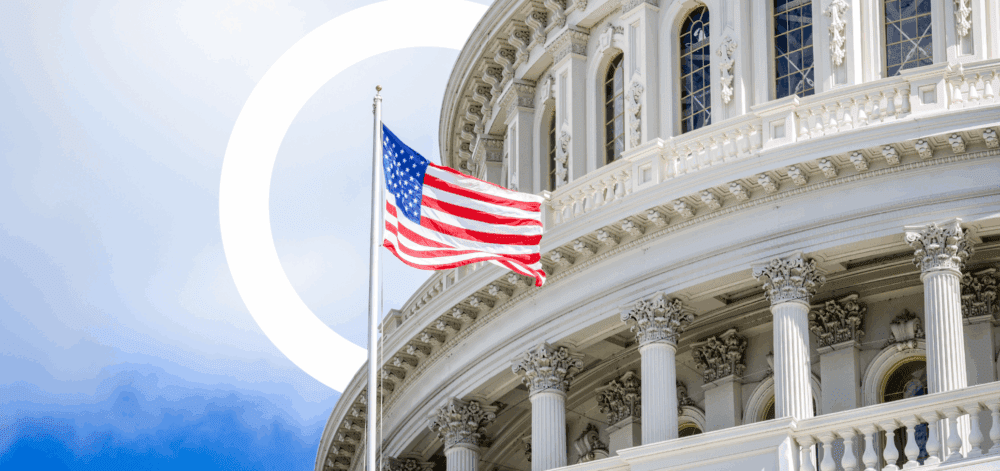
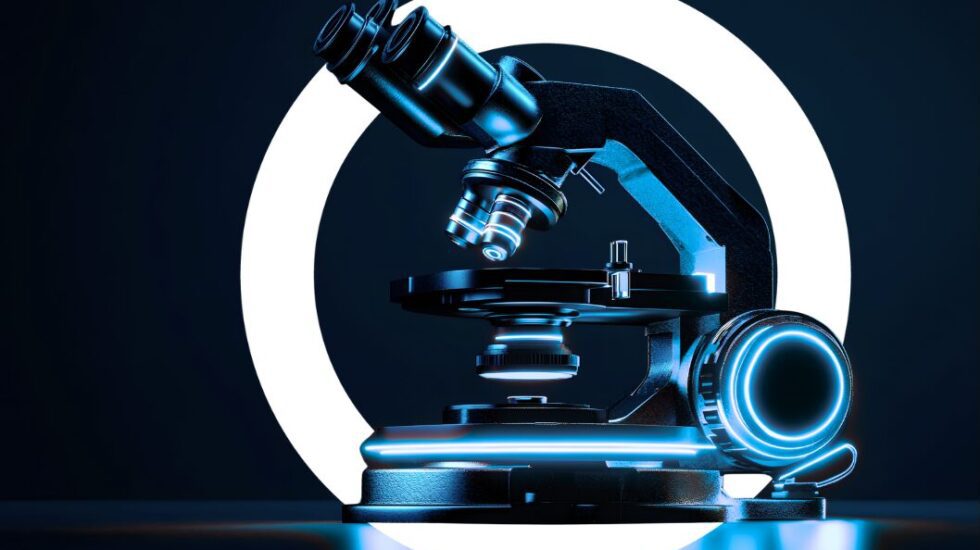
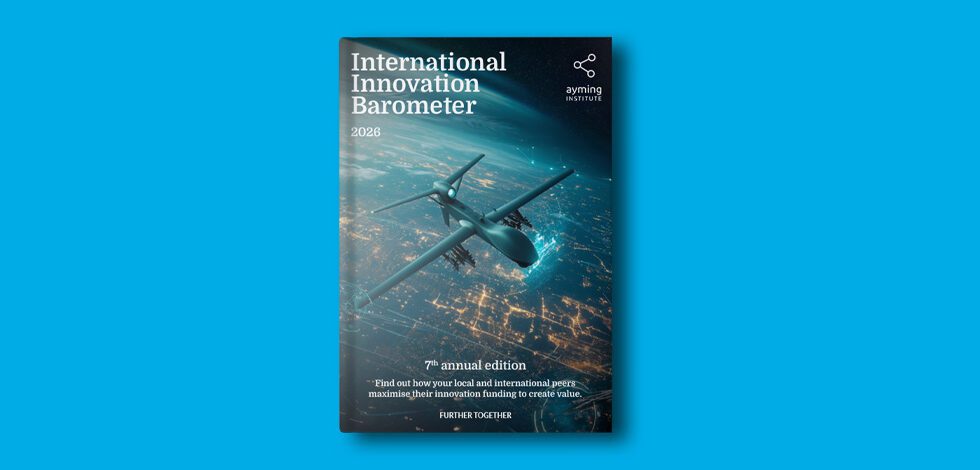
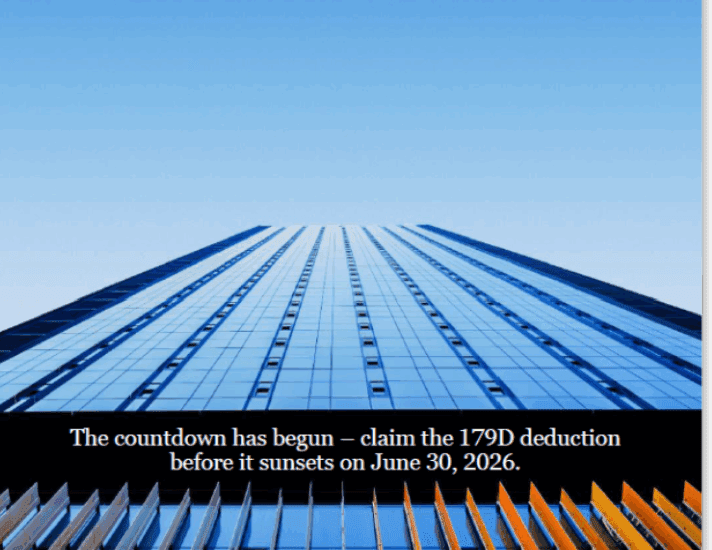

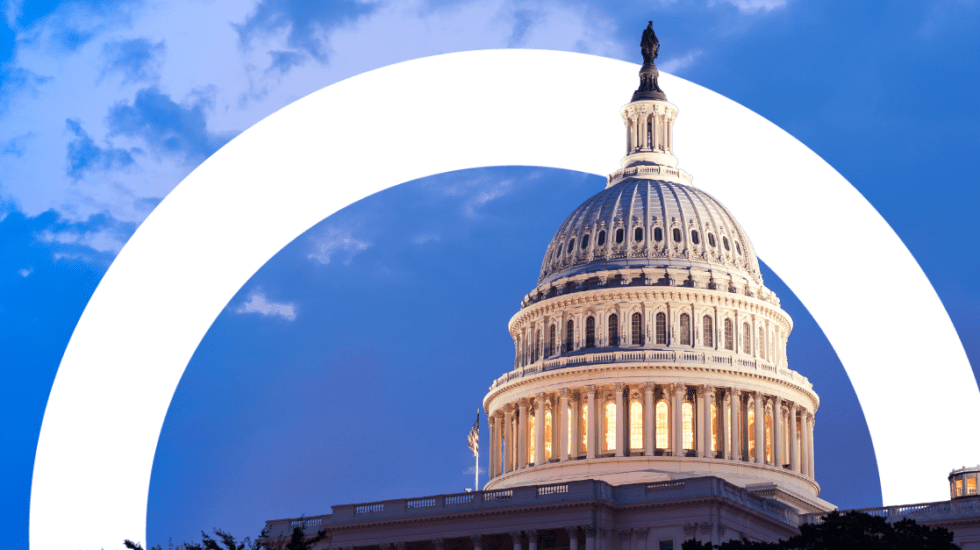


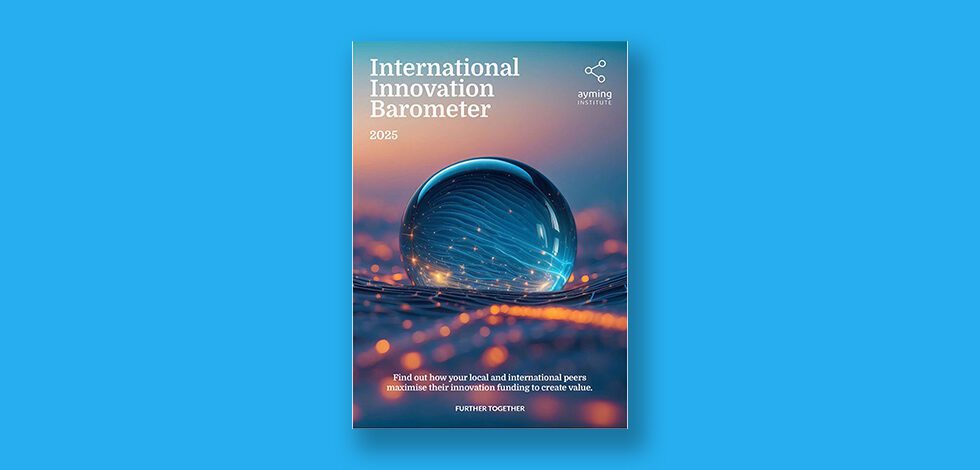
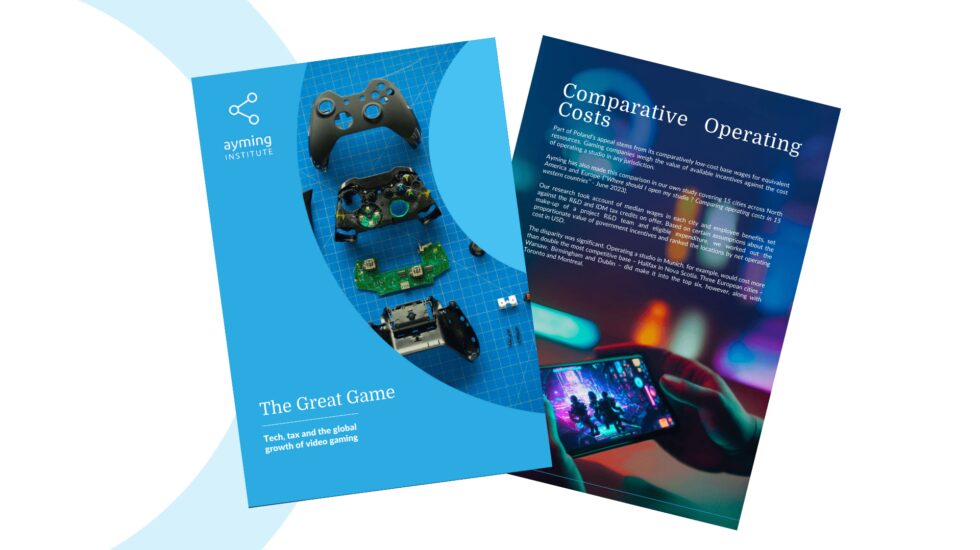
No Comments